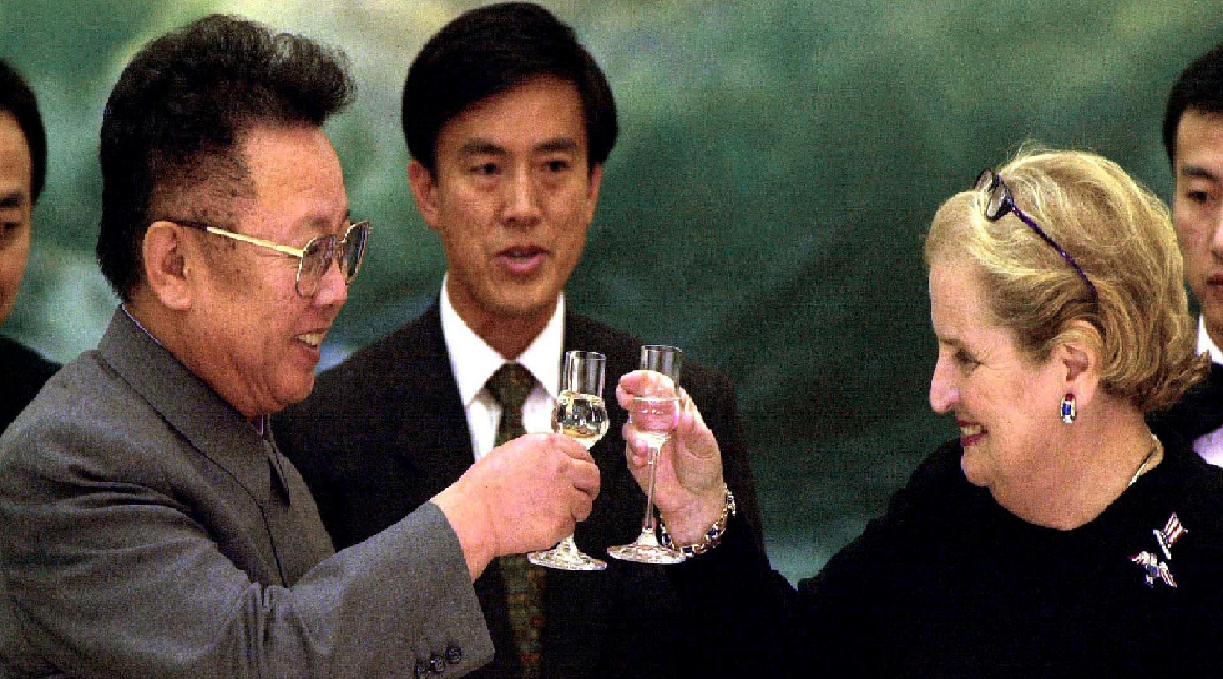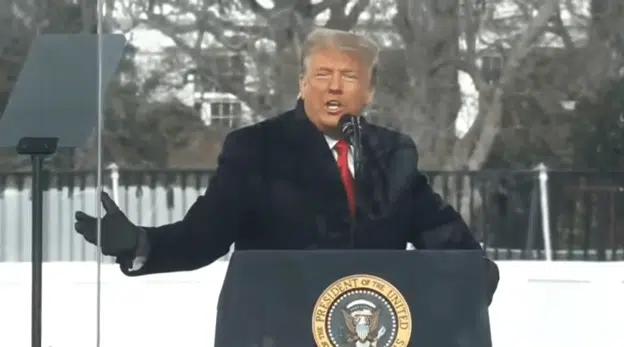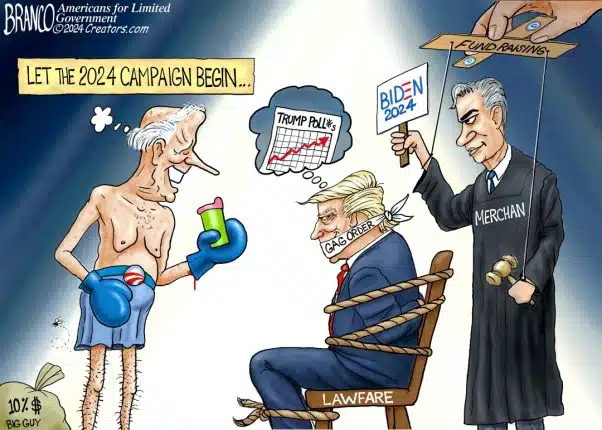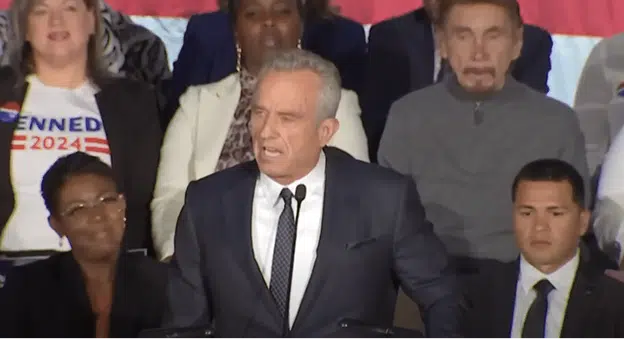By Printus LeBlanc
For the last three decades, the U.S. has been practicing Neville Chamberlain style diplomacy with North Korea. Democrat and Republican administrations have continued to “kick the can” down the road with regards to North Korea. “As long as we don’t have to deal with it” seemed like an official motto. Now, a crisis not seen since the Cuban Missile Crisis, has been dropped into the lap of President Donald Trump and his administration. What happened, and how did we get here?
The current crisis can be traced back to the presidency of George H.W. Bush. Yes, the Korean war took place from 1950-1953, and yes, every President since the war has made monumental mistakes with North Korea. But this is an article, not a thesis, so we will start with the appeasement under the first Bush presidency following the collapse of the Soviet Union.
In an attempt to persuade North Korean leadership to permit international inspections of its nuclear power plants, the administration announced the removal tactical nuclear weapons from South Korea in 1991. The weapons were stationed there to guard against the overwhelming numbers the north possessed in personnel, artillery, and armor. This sent a clear signal the U.S. was willing to negotiate away assets for nothing, and North Korea could buy time by participating in the diplomatic dance.
The Clinton administration did no better. On April 1, 1993 the International Atomic Energy Agency (IAEA) reported the regime was not in compliance with the Non-Proliferation Treaty (NPT), which North Korea joined in 1985, and went into force in 1992. The Clinton administration was extremely disturbed by this, and began making battle plans to attack sites in North Korea that supported the nuclear program, and defend South Korea from the inevitable retaliation, op plan 5027.
Enter former President Jimmy Carter at the eleventh hour. The former President, known for his foreign policy disasters, went to North Korea as a private citizen with the intent to “fix” the simmering situation. Carter reached a “deal” with North Korean dictator Kim Il Sung, and announced the deal to CNN via phone. Keep in mind, this happened while the Clinton administration was preparing to bomb the rogue nation, and without the administration’s knowledge or authority. President Bill Clinton found out while watching CNN.
The talks following the announcement led to a deal known as the U.S.-North Korean Agreed Framework. The final objective of the agreement was to provide North Korea with light water reactors, and a normalization of relations between the U.S. and North Korea. The normalization of relations was intended to be a step-by-step process working towards the lifting of sanctions and full diplomatic relations.
The agreement was a disaster from the beginning. North Korea continually denied and stalled during the talks, all the while launching ballistic missiles over Japan and denying access to supposed nuclear sites. By this time North Korea had figured out that as long as they are pretending to talk, they could get away with just about anything. The agreement finally fell apart in late 2002 under President George W. Bush’s first term.
The North Koreans themselves admitted to Assistant Secretary of State James Kelly, while in North Korea, to carrying on with a clandestine uranium enrichment program. From there the agreement started to unravel. Many were quick to point fingers at the Bush administration, but Secretary of State Colin Powell reminded everyone that the cheating started years ago stating, “as soon as the documents were signed and agreed to, and before the ink was dry, the North Koreans started developing nuclear weapons through another technology: enriched uranium,” while testifying before a subcommittee on the Foreign Operations Budget.
Following the dissolution of the agreed framework, the North Koreans returned to an old tactic, keep talking and keep stalling. Rounds of negotiations were conducted, including the famed six-party talks that produced nothing substantive. After months of negotiations, the North would agree to a site inspection to take place in a few months. When the time came for the inspection, access would only be granted to part of a site, requiring more rounds of negotiations to inspect further.
On October 9, 2006, the diplomacy games paid off for North Korea. After decades of deceit, the rogue regime detonated its first nuclear device underground. It was a small device, yielding around 1 kiloton, but U.S. intelligence confirmed the detonation of a nuclear device through air sample tests.
Not to over simplify it, but there are three key components needed in a nuclear weapons program. North Korea now had two of the three. Weapons grade nuclear material is needed, a triggering device to detonate the nuclear material, and a delivery vehicle for the weapon.
Following the detonation, North Korea continued the stalling techniques during the Bush administration, all the while perfecting the bomb design and increasing the yield. The North Koreans were also still looking to perfect the third component, the delivery vehicle.
The Bush administration was bogged down in Iraq and Afghanistan and seemed content to kick the can down the road for the next President. Just as his two predecessors had done.
President Barack Obama came into the White House with a wave of hope and change within the foreign policy community. Well, nothing changed. For eight years the North Koreans did what they did to the previous three Presidents, they pretended to negotiate while advancing all their programs.
Under the Obama administration more nuclear tests and ballistic missile tests were conducted, with the most important test coming on September 9, 2016. Seismic analysis confirmed the test was the largest yield to date, 10 kilotons, but more importantly, it was reported the test was a warhead test. Previous devices detonated were too large to fit on an ICBM. The test proved North Korea now had the ability to mount a nuclear device on an ICBM.
So here we are in the Trump administration, with North Korea having the capability to produce, detonate, and mount a nuclear weapon on top of an ICBM. The latest missile test confirms North Korea has an ICBM with the range to hit the U.S., but not the ability. The North Koreans have reportedly not perfected the reentry aspect of the delivery vehicle — yet.
Remember, when you listen to a talking head claiming to be a foreign policy “expert,” they were probably part of the establishment that put the U.S. in this situation in the first place. If they complain about the language the President uses, ask them if the language they used worked.
As you can clearly see, the current problem is decades in the making. Kim Jong Un has threatened the U.S. several times, and is quickly approaching the ability to carry out those threats. What sense does it make to stay on the path that we know has already failed?
Printus LeBlanc is a contributing reporter with Americans for Limited Government








